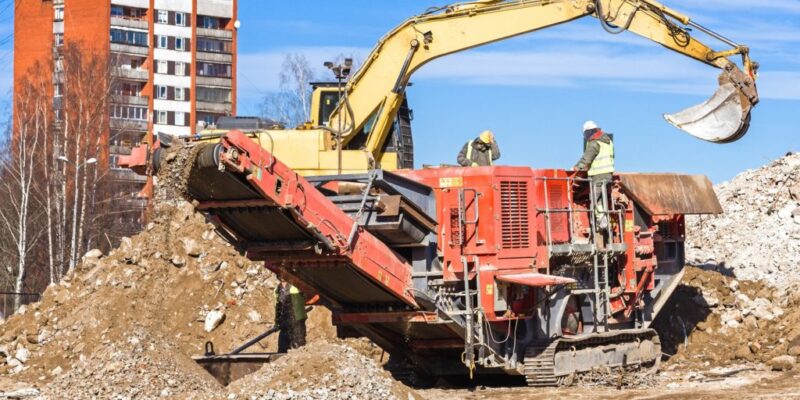The world of construction materials is vast and diverse, with aggregates at its core. These materials are more than just components of concrete; they provide a foundation for numerous innovative applications across various industries. This article delves into the multifaceted nature of aggregates, their unexpected uses, and the future potential they hold.
Unpacking Aggregate: A Fundamental Building Block
The term “aggregate” encompasses a wide range of coarse to medium-grained particulate materials, including sand, gravel, crushed stone, and slag. These are either mined from natural deposits or manufactured from industrial processes. Understanding what is aggregate and its properties is essential for appreciating its versatility in practical applications.
Categories and Characteristics of Aggregates
Aggregates are primarily categorized into natural and synthetic types, each suited to specific uses based on characteristics like size, density, and absorption:
- Natural Aggregates: These are obtained from quarries and bodies of water and include materials like river sand and pebble gravels.
- Synthetic Aggregates: Created through industrial processing, this category includes items such as slag from blast furnaces and crushed recycled concrete.
The Unexpected Roles of Aggregates
While commonly linked with construction, aggregates’ roles extend far into other sectors, highlighting their adaptability and utility:
Agricultural Enhancements
- Soil Conditioning: Aggregates such as perlite are crucial for aerating soil, improving water retention, and promoting root growth.
- Protective Ground Cover: Using gravel can prevent soil erosion in vulnerable areas, preserving the landscape and supporting agricultural productivity.
Ecological and Environmental Applications
- Purifying Water Systems: Certain coarse aggregates play a critical role in filtering and purifying water, trapping contaminants while allowing clean water to pass through.
- Restorative Landscaping: Besides their aesthetic value, aggregates help conserve moisture in the soil and prevent weed growth, which is vital for sustainable landscaping practices.
Industrial and Technological Uses
- Infrastructure Foundations: Beyond their use in constructing buildings, aggregates form the underpinning of roads and railways, providing durability and stability.
- Components in Manufacturing: Fine sand is a key ingredient in the production of glass and even finds its way into less obvious products like cleaning and beauty items.
Everyday Life
- Household Products: Aggregates are hidden in plain sight within products such as toothpaste, where they act as mild abrasives, or in cleaning powders.
- Artistic Mediums: Recycled glass aggregates are increasingly popular in decorative arts, providing a colorful, eco-friendly option for artists.
Revolutionizing Uses Through Recycled Aggregates
The push towards sustainability has spotlighted recycled aggregates, which come from demolished structures and previously used materials. These recycled components are not only eco-friendly but also cost-effective.
Advancements in Eco-Conscious Construction
- Eco-Friendly Building Materials: Using recycled concrete in new constructions reduces waste and the demand for new raw materials.
- Energy Efficient Solutions: Recycled glass is transformed into insulation products, helping buildings reduce energy consumption.
Creative and Functional Designs
- Artistic Decor: Crushed glass and concrete add texture and color to modern mosaic art and custom furniture, offering durability and style.
- Infrastructure Maintenance: Recycled aggregates are essential for repairing existing roadways, significantly reducing the environmental impact of new material production.
Looking Ahead: The Future of Aggregates
The potential of aggregates is boundless, with ongoing research aimed at enhancing their environmental benefits and exploring new applications. As we advance, the role of aggregates, especially recycled varieties, is set to grow, marking a promising future for sustainable practices and innovative solutions.
Sustainable Prospects
Emphasizing the importance of aggregates in sustainable development, the industry is moving towards more environmentally friendly extraction and processing methods. This shift not only helps preserve natural resources but also opens up new avenues for using aggregates in ways we have yet to imagine.
Understanding and leveraging the extensive capabilities of aggregates allow us to build not only robust physical structures but also a robust, sustainable future. This seemingly modest material is indeed a cornerstone of innovation and environmental stewardship.












Comments